Best Seasons for Stamped Concrete Service
Stamped concrete service is most effective during periods of moderate and stable weather conditions. Optimal timing ensures proper curing and adhesion, resulting in durable and visually appealing surfaces. Planning installations during suitable seasons can enhance the longevity and appearance of stamped concrete features.
Spring offers mild temperatures and low humidity, ideal for stamped concrete work. It allows sufficient curing time before summer heat or winter cold set in.
Early summer can be suitable if temperatures are moderate. High heat can cause rapid drying, leading to cracking or surface imperfections.
Fall provides cooler weather and less rain, making it a good season for stamped concrete projects before winter.
Winter is generally not recommended due to freezing temperatures and potential for frost, which can compromise the curing process.
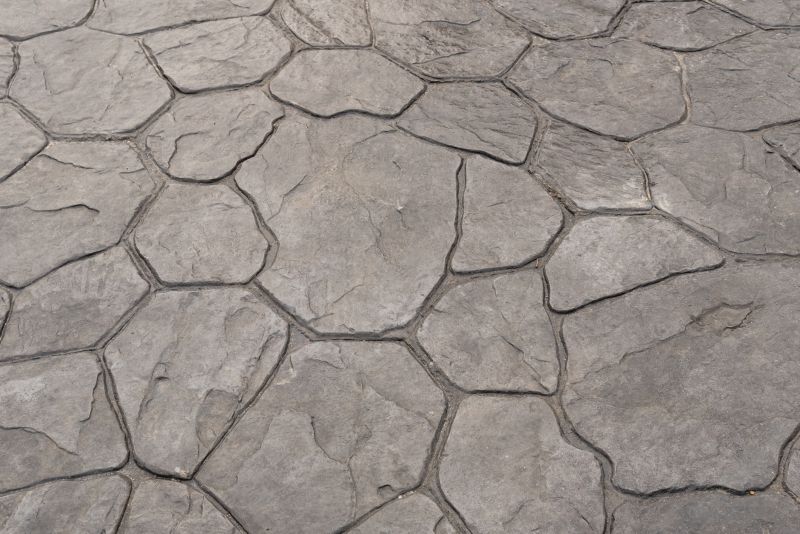
Ways to make Stamped Concrete Service work in tight or awkward layouts.

Popular materials for Stamped Concrete Service and why they hold up over time.

Simple add-ons that improve Stamped Concrete Service without blowing the budget.

High-end options that actually feel worth it for Stamped Concrete Service.
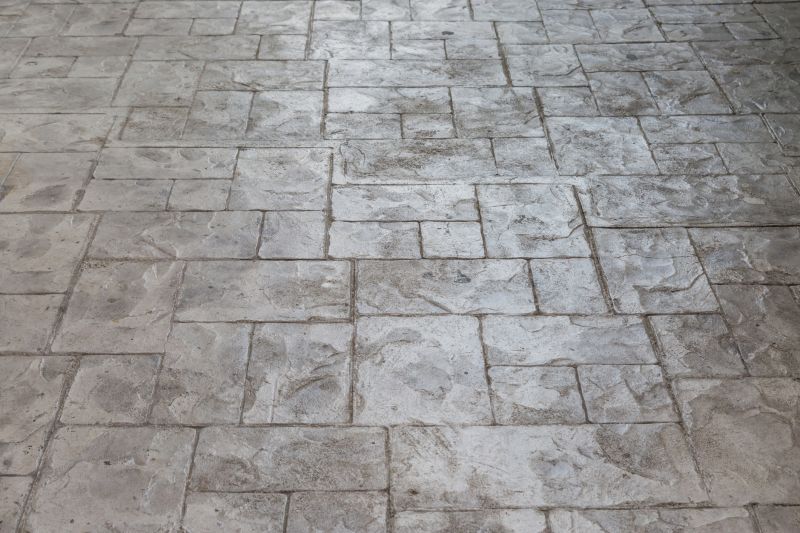
Finishes and colors that play nicely with Stamped Concrete Service.
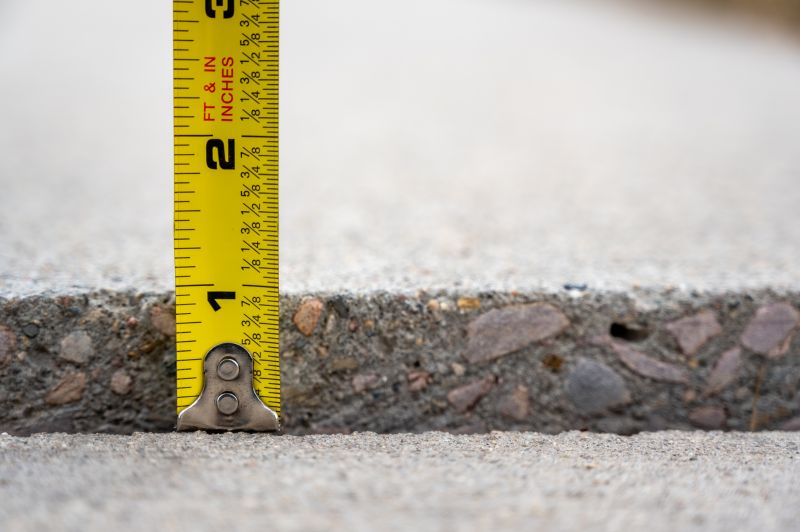
Little measurements that prevent headaches on Stamped Concrete Service day.
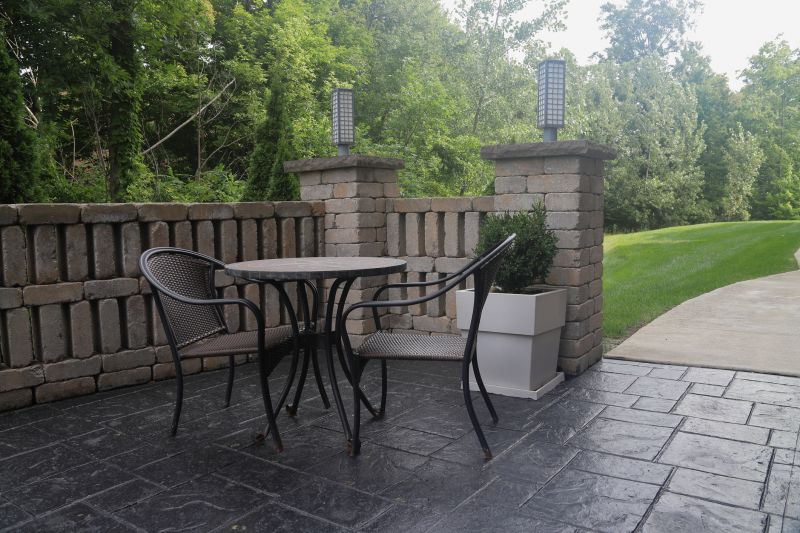
A 60-second routine that keeps Stamped Concrete Service looking new.

A frequent mistake in Stamped Concrete Service and how to dodge it.

Small tweaks to make Stamped Concrete Service safer and easier to use.
| Season | Recommended Conditions |
|---|---|
| Spring | Moderate temperatures, low humidity, ideal for curing |
| Summer | Suitable if temperatures are mild, avoid peak heat |
| Fall | Cool, dry weather suitable for installation |
| Winter | Not recommended due to freezing temperatures |
Stamped concrete service involves creating decorative patterns and textures on concrete surfaces, enhancing aesthetic appeal and functionality. This process typically includes preparing the concrete, applying stamps or molds, and sealing the surface to protect against weathering. Proper timing ensures optimal curing, adhesion, and durability of the finished product.
Statistics indicate that installations during favorable weather conditions can extend the lifespan of stamped concrete by reducing the risk of cracking and surface deterioration. Proper planning around seasonal weather patterns is essential for achieving the best results and maintaining the integrity of decorative concrete features.

Lower-waste or water-saving choices for Stamped Concrete Service.

The short, realistic tool list for quality Stamped Concrete Service.
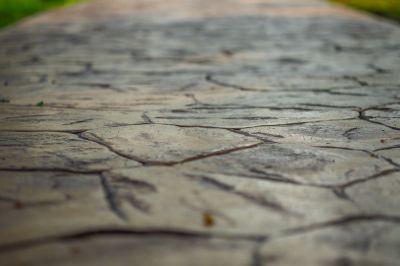
Rough timing from prep to clean-up for Stamped Concrete Service.
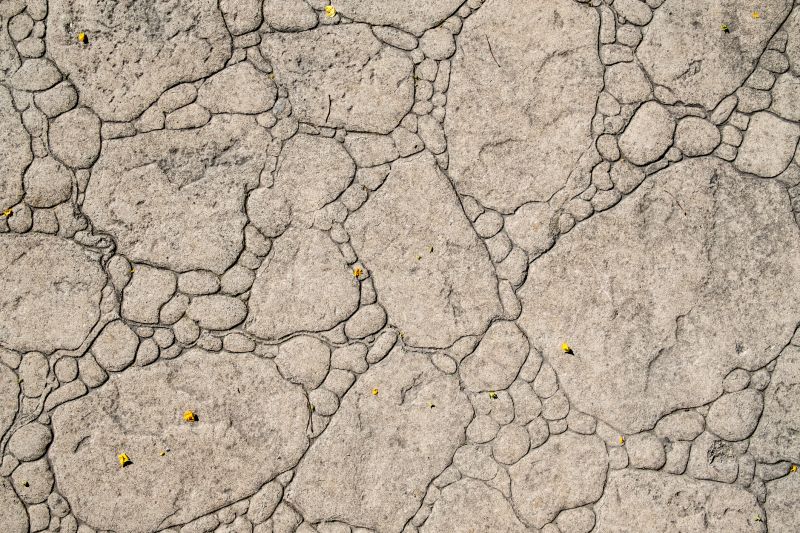
Quick checks and paperwork to keep after Stamped Concrete Service.
Interested parties are encouraged to contact for further details about scheduling stamped concrete service. Filling out the contact form provides an opportunity to discuss project specifics and receive tailored information about timing and design options.
